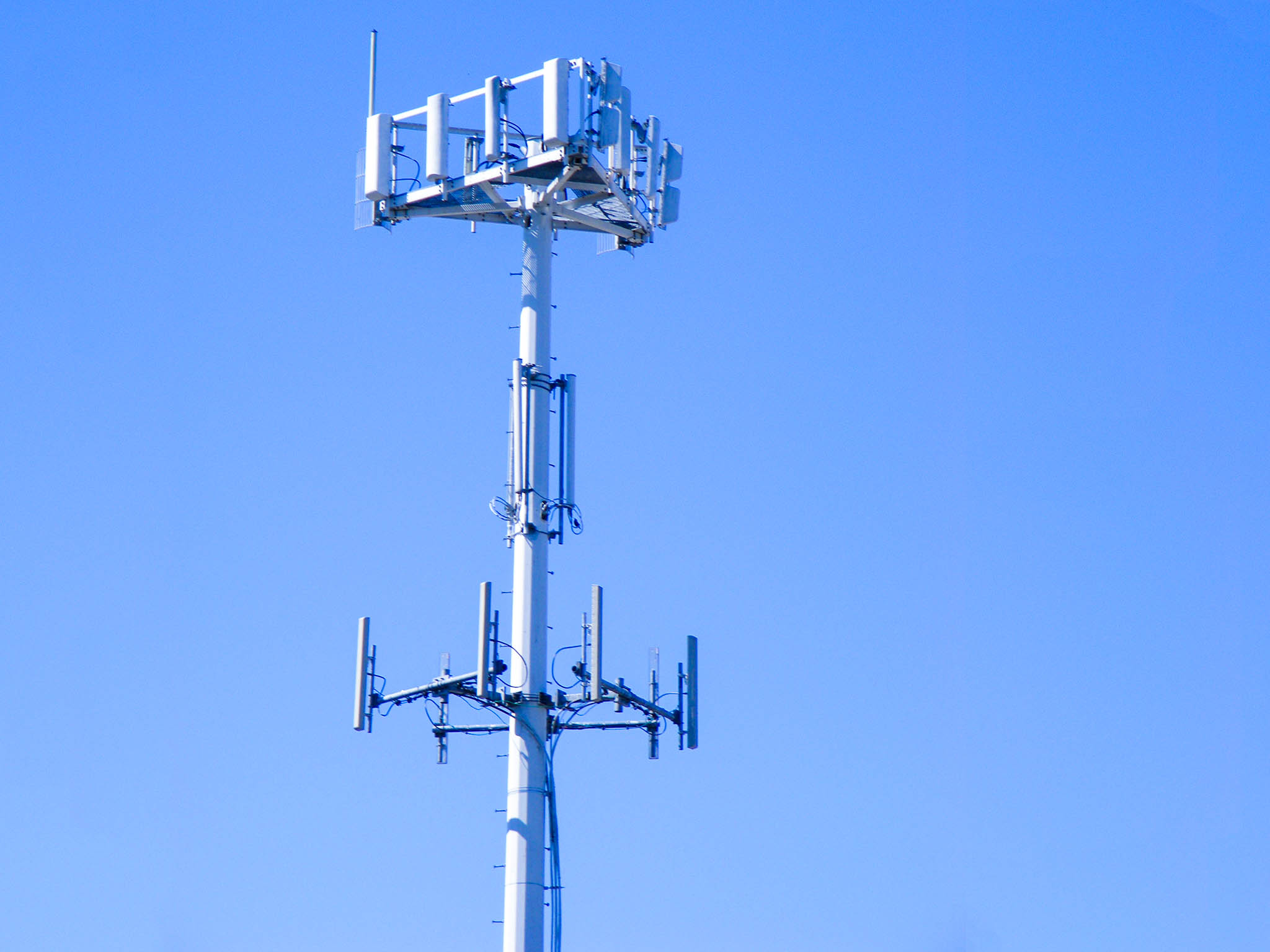If safe distance from cell tower 've ever walked through a city, you may have seen tiny cell towers for 5G on the poles of street lights. They look like little boxes however, they're actually transmitting wireless signals from cellular providers to your phone.
These smaller towers are replacing the larger specially-designed cell towers. While they're not as noticeable, they still can cause problems for people.
It is the of the FCC's Radiation Exposure Thresholds
The FCC's Radiation Exposure Thresholds define the maximum amount of time a person can be exposed to electromagnetic energy from wireless devices. The limits for exposure are based on research that show that RF energy can be harmful to human health.
The specific absorption rate (SAR) is an indication of the amount of radiofrequency energy absorbed by tissue. It's usually 1.6 Watts per kilogram spread over a Gram of tissue.
Since 5g is able to transmit at higher frequencies, it has the potential to increase the intensity of energy on the skin and other exposed body parts. This could result in a wide range of possible harms, such as an increase in formation of skin disorders such as dermatitis, cataracts, and skin cancer.
Due to the possible severe effects of 5g radiation, PSU has chosen to set a general localized maximum power density of four mW/cm2 averaged over 1 cm2, and never to exceed 30 minutes for the entire 5G spectrum at 3000 GHz. This localized limit is in accordance with the maximum SAR that is spatially averaged at 1.6 W/kg, which is averaged over 1 5 grams of body tissue, at 6 GHz.
The FCC's Maximum Exposure Thresholds for Maximum Exposure

If you've ever operated a cell phone, then you're aware that the safest distance from the tower is around 400 meters. This is because the power of transmission from a cell tower increases dramatically the farther you are from it.
While it sounds like a good idea but the truth is that people living in close proximity to towers could be more vulnerable to health problems. For instance, a 2014 study in India discovered that people who lived within 50m of cell towers had significant more health issues than those who were distance from them.
But, the study found that people who moved into areas farther away from cell towers noticed their symptoms return to normal within a couple of days. Other studies have revealed that exposure to high levels of radiofrequency electromagnetic fields (EMFs) could cause brain tumors, cancer as well as other health issues.
This is due to the fact that RF radiation, used in wireless communications, may penetrate the human body's outer layer of skin. It is crucial to know because the skin acts as a barrier to protect against mechanical injury, infection by pathogenic microorganisms, and infiltration of toxic substances. Additionally, safe distance from cell tower is the most important organ in the human body, and is responsible for maintaining the integrity of other organs.
The FCC's Minimum Exposure Thresholds
The FCC's Minimum Exposition Thresholds depend on a variety of assumptions that are not supported by evidence from science. safe distance from cell tower includes the false assumption that short-term exposures to RF radiation are safe because of the minimal penetration into the body (i.e. thermal heating of tissue).
This assumption does not take into account the greater penetration of ELF parts of modulated RF signals and the effects of short bursts of heat from pulsed RF waves. These assumptions do not correspond with current knowledge of the biological effects of RF radiation. As such, they should not be relied upon for health-protection exposure guidelines.
In addition to that, ICNIRP and FCC are limiting their exposure limits to local peak SARs that are based on the peak speed of spatial absorption (psSAR) that is not a reliable dosimetric instrument for determining the level of exposure to RF radiation. Particularly it is inconclusive when frequencies exceed 6 GHz. In addition, psSAR is not been tested for RF radiation exposed to other environmental agents such as sunlight. In the event of interactions, RF radiations with different environmental agents may result in antagonistic or synergistic impacts. This would result in an increased risk of adverse health effects. For instance, exposure to RF radiation and sunlight could raise the chance of skin cancer, and may also exacerbate other skin diseases such as acne.
